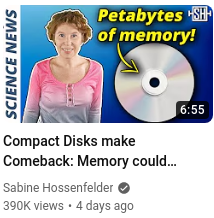Through blockchain addresses used by ‘‘pig butchering’’ victims, we trace crypto flows and uncover methods commonly used by scammers to obfuscate their activities, including multiple transactions, swapping between cryptocurrencies through DeFi smart contracts, and bridging across blockchains. The perpetrators interact freely with major crypto exchanges, sending over 104,000 small potential inducement payments to build trust with victims. Funds exit the crypto network in large quantities, mostly in Tether, through less transparent but large exchanges—Binance, Huobi, and OKX. These criminal enterprises pay approximately 87 basis points in transaction fees and appear to have recently moved at least $75.3 billion into suspicious exchange deposit accounts, including $15.2 billion from exchanges commonly used by U.S. investors. Our findings highlight how the ‘‘reputable’’ crypto industry provides the common gateways and exit points for massive amounts of criminal capital flows. We hope these findings will help shed light on and ultimately stop these heinous crimes.
 |
| Griffin & Wei Fig. 9 |
Below the fold, some commentary on this and other recent developments.
